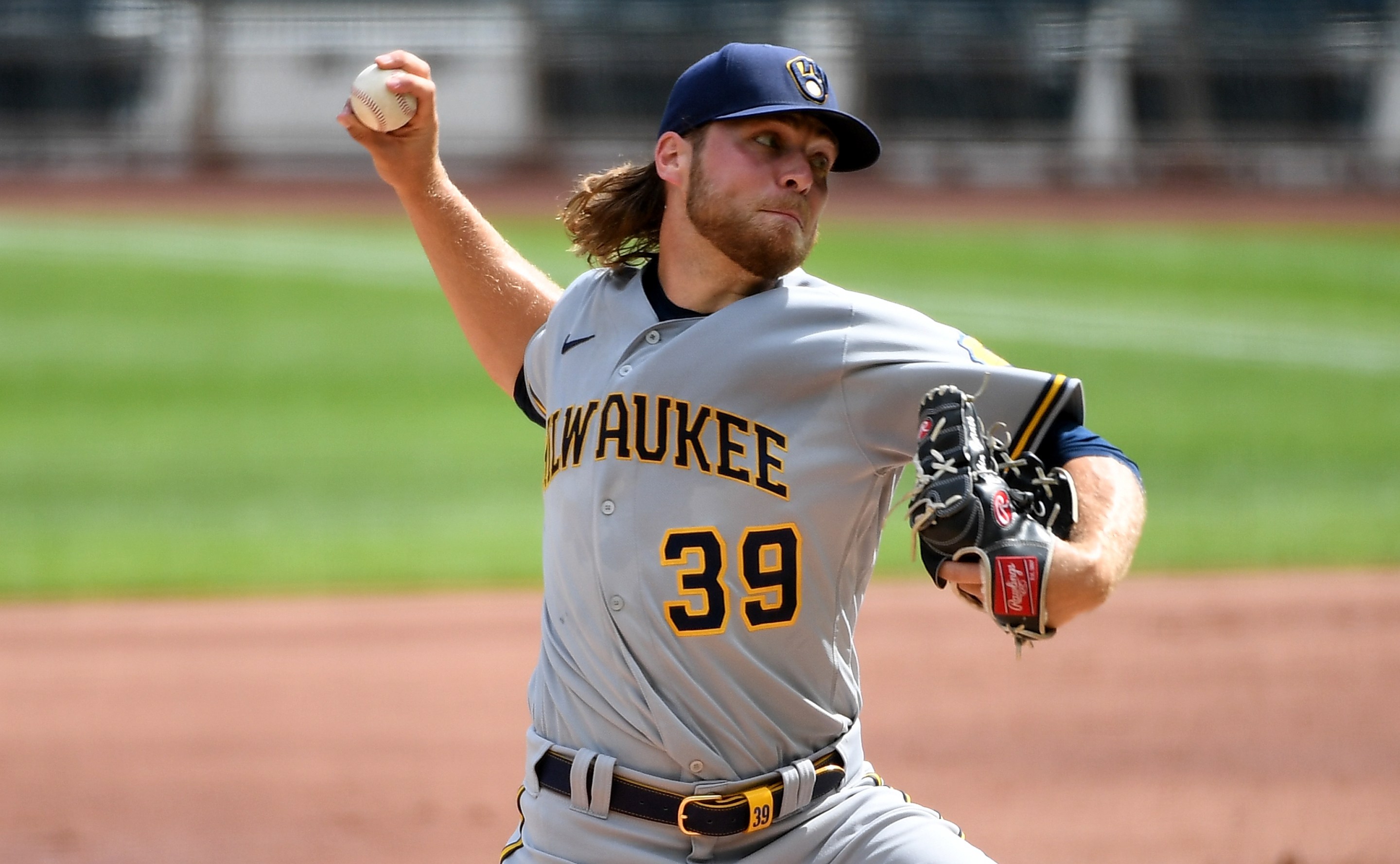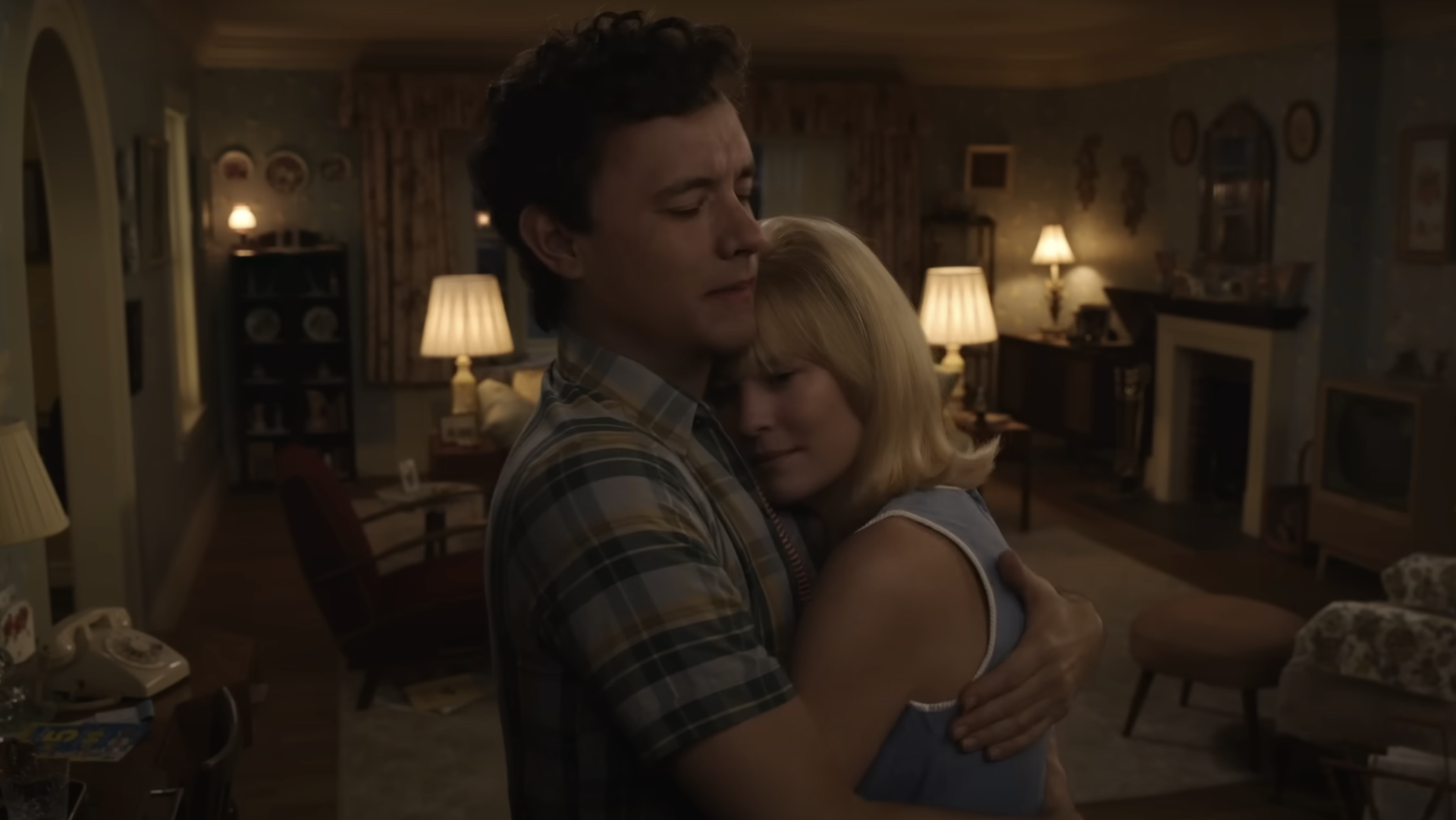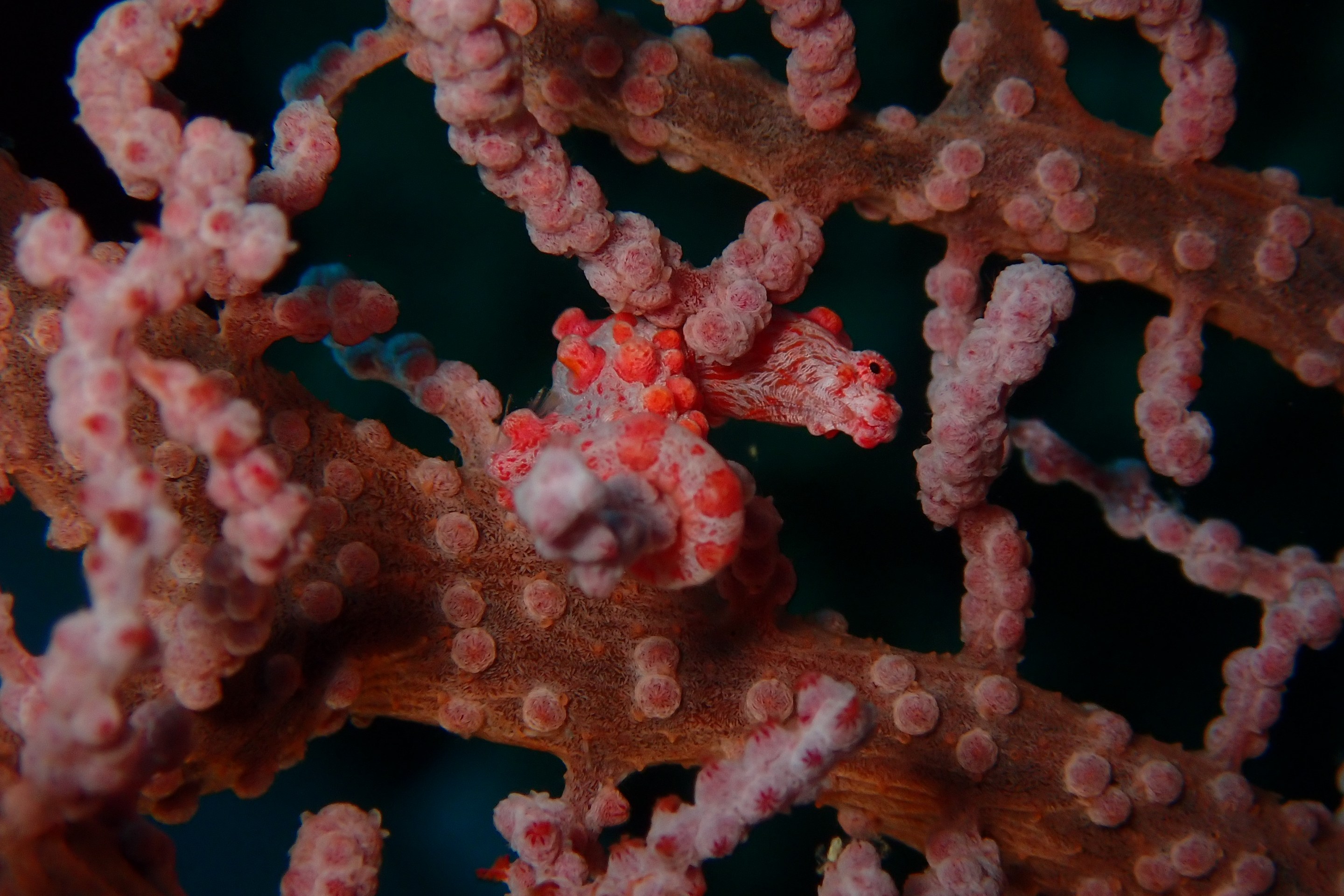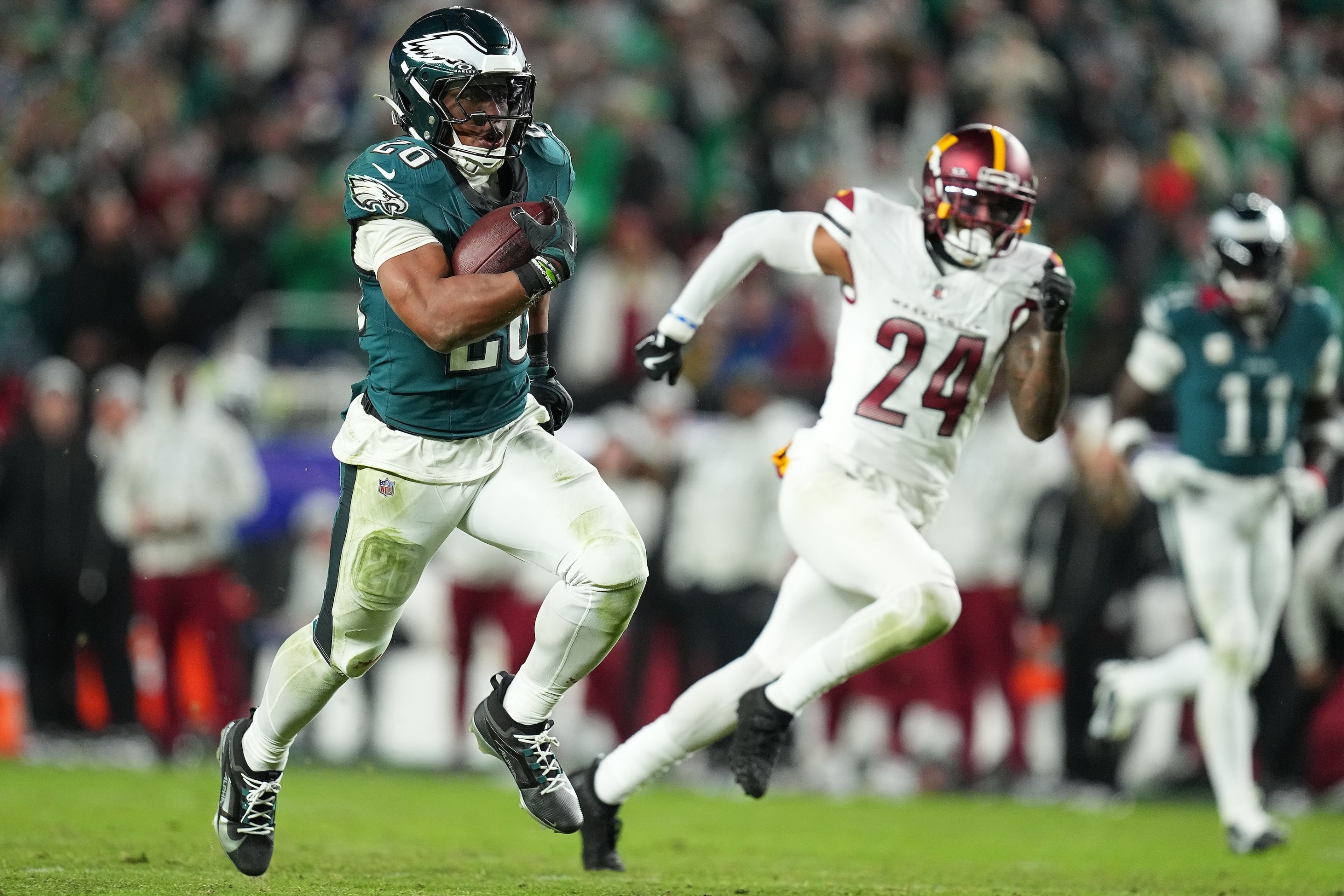One of baseball's most pleasing native narrative weirdnesses is that many of the sport's best pitchers also spend some part of their careers among the game's worst. Those to whom the most is given still face the task of sorting all that shit out, and the louder the tools, the more boisterous the argument tends to be between that wild talent's electric insistence and the work of bottling or even directing it. Or maybe it is just that pitching is very hard, and requires a strange and unnatural repetition and a strange and unnatural discipline, and difficult things take time.
Either way, these sore-thumb seasons are easy to find on the ledgers of great pitchers. For every pitcher like Max Scherzer or Randy Johnson, who were intermittently dominant even before they mastered their own stuff, there are future aces who spent early seasons utterly lost. This is not just, say, a young Tom Glavine getting torched before he mastered his own not-overwhelming stuff. It's more Roy Halladay putting up an ERA that began with a 10 and a 2.20 WHIP in 16 big league starts at the age of 23, before winning his first Cy Young at 26. The year before Lucas Giolito became one of the best starters in baseball he was, by the numbers, the absolute worst; he simply went from striking out 6.5 batters per nine innings and leading the American League in walks in 2017 to very nearly doubling the former figure and halving the latter in 2018. This sort of thing is both objectively magical to watch and has nothing to do with magic. That argument between all that potential and its flawed, stubborn human vessel works itself out in strange and public ways, and while that struggle unfolds and erupts in visible leaps and sudden godlike flight, it's also just work. It's often a matter of subtraction or attrition, whether of stripping the things that work less well from a pitcher's approach or the removal of whatever mental or physical or organizational obstacle was obstructing the free flow of things.
Anyway: Corbin Burnes, who is currently the best pitcher in the universe, spent much of his 2019 season backing up third base while on his own journey through all that. After a very promising debut in 2018, Burnes allowed 11 homers in four April starts, got moved to the bullpen, and did not really improve. Underlying metrics suggested he was a bit unlucky to finish with a league-worst 8.82 ERA in his 36 appearances, and he got plenty of strikeouts; it is, with sufficient hindsight, precisely the sort of alternately dazzling and frustrating season that a very good young pitcher might have immediately before figuring a bunch of important things out. During the truncated and unholy 2020 campaign, when Burnes pitched well enough to earn Cy Young votes, that hindsight started to come into focus. But also all kinds of weird things happened last year. The unprecedented brilliance of Burnes's first four starts in 2021, on the other hand, stand as proof that he has in fact figured out those important things, and suggest that he was figuring them out even when he was getting lit up in low-leverage relief outings not so long ago.
This is the benefit pitchers get when they are as good as Burnes has been. He has allowed just one run, a seventh-inning homer to Byron Buxton in his first start, in 24 1/3 innings; his ERA is 0.37, his WHIP is 0.33, and opposing batters are hitting .098 against him. He has struck out 40 hitters and walked none in those four games, which is something no starting pitcher has ever done in the history of the sport; only 10 of the 85 hitters he has faced have even gotten to a three-ball count against him, and six of those have struck out. I honestly could type this stuff all day.
Corbin Burnes, Nasty 97mph Cutter. ✂️ pic.twitter.com/yQF4Tz902j
— Rob Friedman (@PitchingNinja) April 21, 2021
As fun as those lopsided ratios and microscopic rate-stats are, though, and with all It Is Literally April caveats noted, they're not the most interesting stuff about Burnes's transformation from electric doubles-dispenser to vengeful deity. That magical leap was, unsurprisingly, the result of a great deal of experimentation and work, and also of removing everything that didn't work. (He also got Lasik, but the baseball stuff is more fun.) The most obvious of these technical refinements is that Burnes no longer works out of the full wind-up at all. "It was just more about trying to get my mechanics as repeatable as possible," Burnes told MLB.com's Adam McCalvy. "For me, the windup had lots of moving parts and a lot of things that made it tougher to kind of sync everything up. So that was kind of the easiest fix, is make everything as simple as possible."
Also, as Lucas Apostoleris explains at Baseball Prospectus, Burnes didn't so much refine his pitch mix as reimagine it completely. Burnes effectively dumped the powerful, high-spin four-seam fastball that got him to the bigs in favor of a two-seam sinker that he'd rarely used and a cutter he developed before the 2020 season; last year, he threw each pitch roughly a third of the time. It really worked, but Burnes tweaked the mix again anyway. This year, he's throwing the sinker less, that cutter about half the time, and everything a little bit harder than he did the year before. Whatever he might have lost in predictability is made up for by the fact that Burnes is, and pardon the baseball jargon, basically throwing Mariano Rivera's cut fastball at 98 miles per hour, which is an unfair and cruel thing to do in some ways but also what anyone would do if they could make the results look like this:
Corbin Burnes, 98mph Cutter and 99mph Two Seamer, Overlay and Overlay w/ a Stop. pic.twitter.com/2oOCMgrq5c
— Rob Friedman (@PitchingNinja) April 4, 2021
Last week, Michael Baumann wrote at The Ringer about the new class of ace pitchers who arrived in the sport without superstar pedigrees. Jacob deGrom, a former small-college shortstop and ninth-round pick who has surpassed basically every pitcher in the sport in the last few years, is still at the top of that list. But it's also striking that the list is as long as it is. Defending American League Cy Young winner Shane Bieber was chosen 11 picks after Burnes in the fourth round of the 2016 MLB Draft; both were highly effective college pitchers without overwhelming stuff. In both cases, teams gambled that their unusually advanced feel for pitching would carry them until their bodies or big-league pitch design or whatever helped bring their other tools in line with it. The bet was that, if they got stronger and learned to throw harder and smarter during their minor league apprenticeship, that feel might carry them very far. "Raw pitchers with good stuff can learn how to pitch in the low minors, where they get regular innings in situations where the results matter less than the process," Baumann writes. "But pitchers who already learned the craft and can hit their spots consistently enter pro ball with far less to learn."
This seems inarguably correct, but also both of the unhittable pitches roaring out of the same tunnel in the GIF above are things that Burnes has learned since becoming a professional. All of the above is very hard—evaluating and developing baseball talent is too cynical to be an art and too janky to be a science, and pitching is mentally and physically brutal even for the savants and demi-deities, and as all of this is done by people everything will always get in the way of everything else. That is what makes baseball great, and terrible. What works only works, when it works, when it is used properly, and not always even then.
Those narratively significant Seasons Before in which future aces are battered and baffled have a sort of pat lesson embedded in them, or at least visible on the surface, when viewed with the advantage of knowing how it all ends—something about how the game humbles everyone, and how you have to struggle to excel, and various other true things that tend to look smug in context. The fun of watching Corbin Burnes right now is not just that he's been more perfect than any pitcher could realistically be; that is indeed cool as hell, but it's the nature of the game that his near-perfection will be fleeting. The really gratifying part is in seeing how much more volatile and thrilling this story is, from one moment and one wildly different season to the next, than the version that those assembled stats will someday tell.
It is clear by now that Corbin Burnes is really good, and will be really good. Last year, or this year, will look like The Season That Something Clicked for Corbin Burnes when people look back at it. That won't be wrong, but it will be insufficient in some important ways. Anyway, this is when all that is happening, and it is a treat to see all the refinements and adjustments and changes that will make Burnes who and what he will be happening in this moment. It is worth watching, and worth remembering what it was really like to see all those difficult things lining up and falling into place, not at all by accident, to create something that will seem so much simpler and more inevitable in retrospect.





